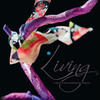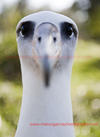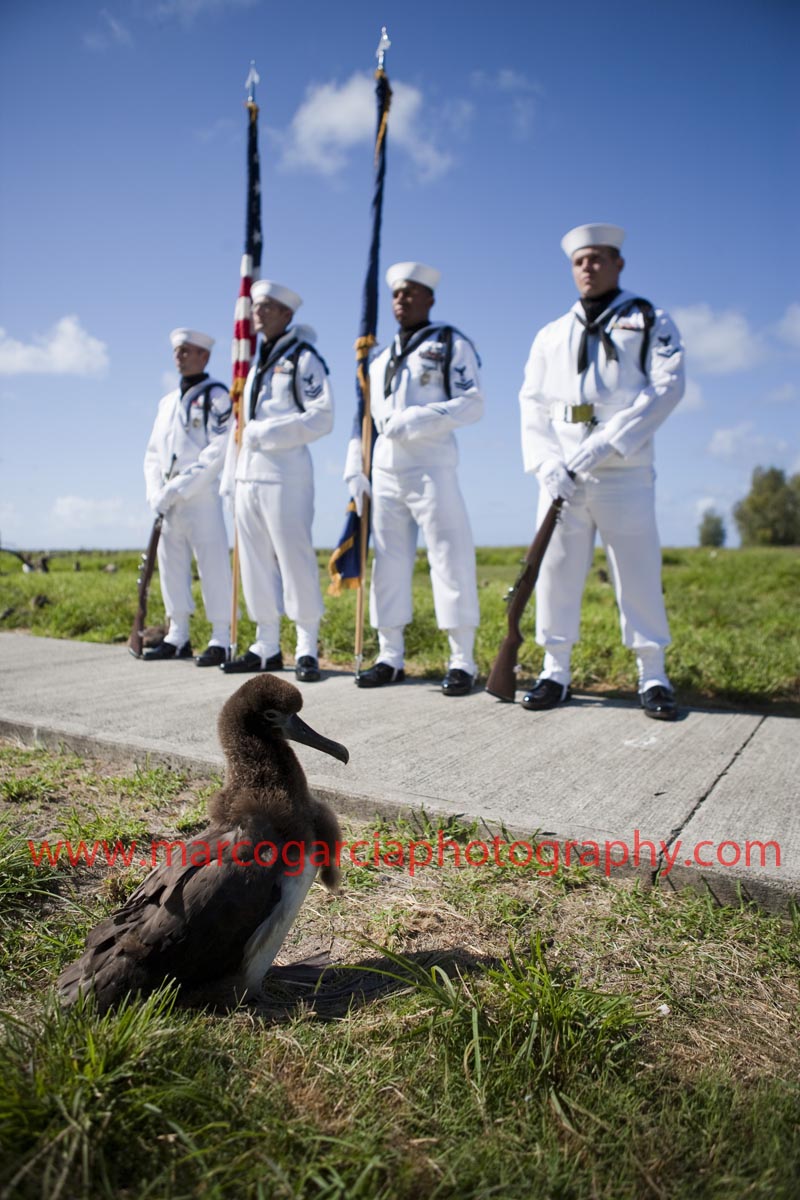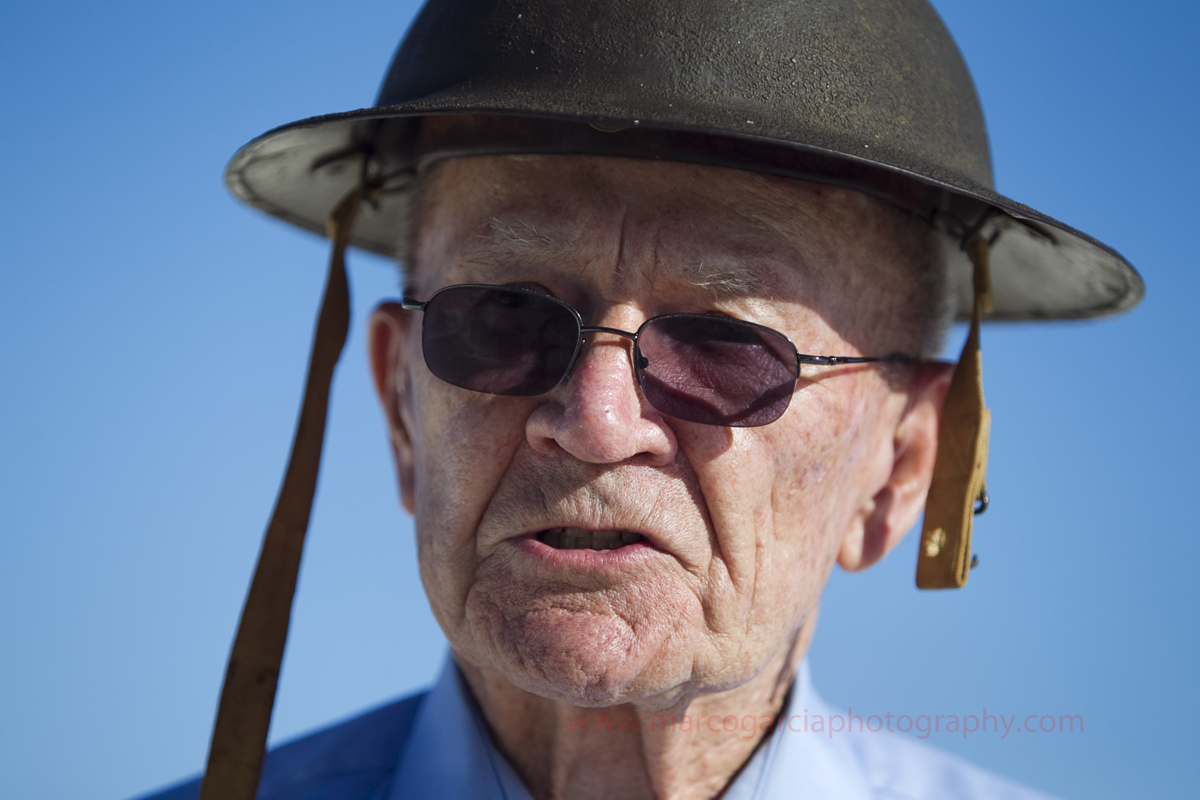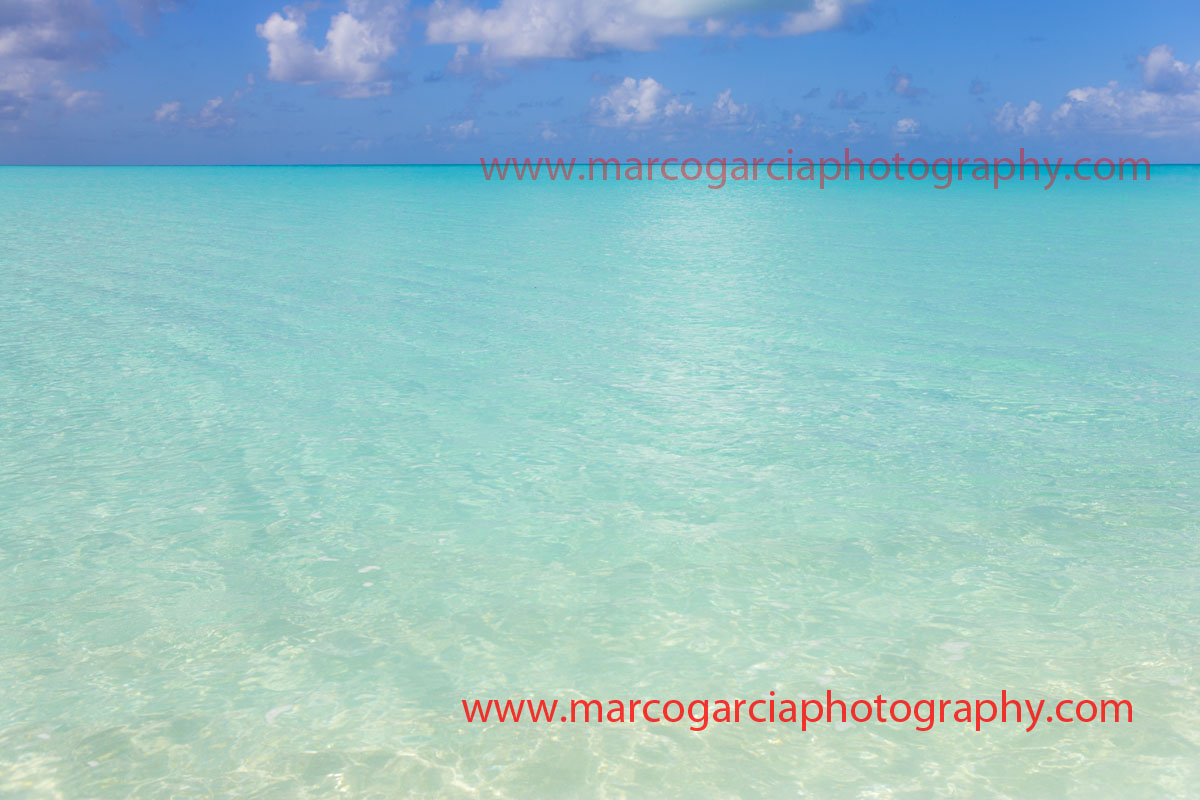I hate the Canon 5D Mark II. I hated mine copy so much I sold mine within weeks of purchasing it. Not because it busted while on assignment in Nara, Japan. Not because it didn’t make some amazing shots because it did. I hated it because of the handling. I hated the feel of the body. I hated the focus points. I really hated the focal points. But in reality, I hated it because to me, it wasn’t a 1D series camera. I purchased it as a back up to my full frame Canon 1Ds Mark II body. Canon’s 1Ds Mark III body didn’t match up to my expectations and I figured why bother doing an expensive upgrade when the gains were so little. But I sadly found the 5D was a fancy toy that non professionals used, not something serious pros would consider as a primary camera. (Just another GWC uttered in disgust as a wannabe wandered over to work next to us with a 5D.)
Yet, 5Ds were flying off the rental shelves at Hawaii Photo Rental. Major photographers were using the camera to make amazing stuff. TV shows and movies were being made with it. I made a timeless shot in Kyoto with the camera. The 5D Mark II can take some pretty amazing pictures and videos!

Maiko in Kyoto, Japan with a 5D MII
I know so many people who use it as their primary and love it. There are thousands of photographers and cinematographers who use it and do amazing work with it. But for me, a rough-and-tumble kinda photographer who uses a t-shirt to clean his lenses, the 5D Mark II is and was a toy. Mind you, so many pros, from White House photographers to travel-in-the-jungle photogs use and love it.
I didn’t.
Low and behold, Canon released the new Canon 5D Mark III with some major improvements. As I’m faced with upgrading my 1Ds Mark II (this is a whole different story…the Mark II is amazing…at times it feels like there is enough flaws within technology that its like shooting film…you get organic-ism, not perfect-ism.)
So thanks to Josh and the crew at Hawaii Photo Rental, I had the chance to test drive and review the new Canon 5D Mark III for the shop. What made it more exciting was I was going to lunch with two amazing photogs, Eugene Tanner, AP and commercial guy, and Jamm Aquino, full time bad ass staffer at the Star Advertiser. I pitched my review idea to Josh and he liked the idea that he’d here from three professional opinions on the newest Canon camera.
I picked it up from Austin and Natalie (and Christine) at Hawaii Photo Rental and immediately, I felt the camera was built a thousand times better than the 5D Mark II. Natalie quickly pointed out how the flash card door was now lined with a piece of “leather” making it harder for the card door to slip open. She, and Austin, noted the seals, feel, and design of the body stating Canon must have listened to pros and made major improvements. The selection dial on the left of the body now has a lock to keep your settings in place. That feature alone was one of the better and noticeable upgrades that can make it a winner. The menus were updated and a bit complicated with numerous upgrades and features.
We rattled off the motor drive and it was fast for a prosumer camera. Its about 4.5 frames a second? Plenty of time to do moderate action. But the greatest thing about the camera as the increased focus points.
The 61 focus points ROCKED.
Oh what joy to see a camera where you can actually find focal points throughout the frame. The ability to move your focal points to almost any part of the camera gives the camera a major improvement in handling. This was the main Achilles tendon of the camera for me…along with it just feeling like a toy. The Mark II always reminded me of my first Canon digital camera, the 10D. Just a prosumer camera off the shelf.
So I walked out with the camera and went to meet Jamm and Tanner for lunch over at Murphy’s Bar and Grill in downtown HNL. We were having a late birthday lunch for Eugene but it was a celebration none the less as it was good cheer around. We passed the camera around and all took pictures and made pro comments on the feel, style, and responsiveness of the Mark III…all over burgers, fish and chips, and a few adult beverages.
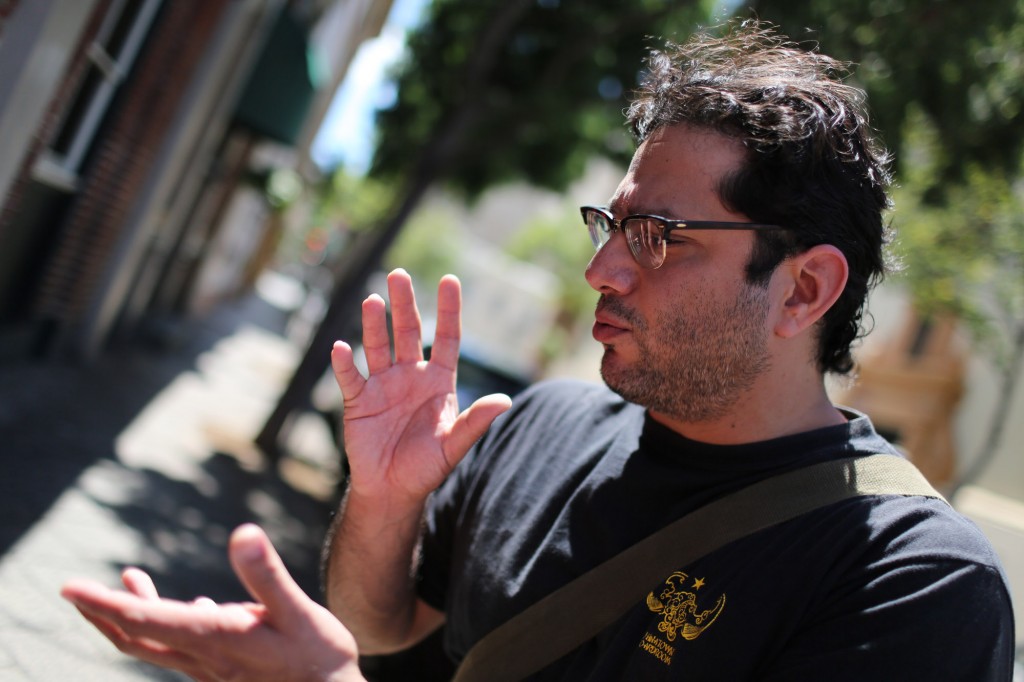
Kramer by Tanner.
Jamm, being a bit snobby in the use of in his gear, said immediately it was a GWC camera but after playing with it for a few minutes, he changed his tune. I think all three of us are snobs with gear as we rely so much on our cameras to give us 110% all the time that its hard for us to “trust” a prosumer camera. But again, we were quickly proved wrong.
The handling, structure and feel of the camera was reasonably good and beyond our expectations. Eugene liked the fact the Mark III could easily fill the void a Canon Mark IV’ cropped sensor lacked. But as we started to feel out the camera further, we three quickly noted several shortcomings and issues…all in reference to professional standards, conditions, and situations. Immediately we all said the response was good but was it good enough, rather quick enough? I stuck my Canon 35mm f1.4 lens on the body and took it for a spin down Ft. Street Mall. I immediately felt it wasn’t responsive as a professional body. Both Jamm and Tanner said roughly the same thing. It doesn’t fire when you want it to. Jamm pointed out it was probably a custom feature but we just felt it didn’t snap when you snapped. Those instances when the decisive moment appears, you need a camera that will do what you tell it to do.
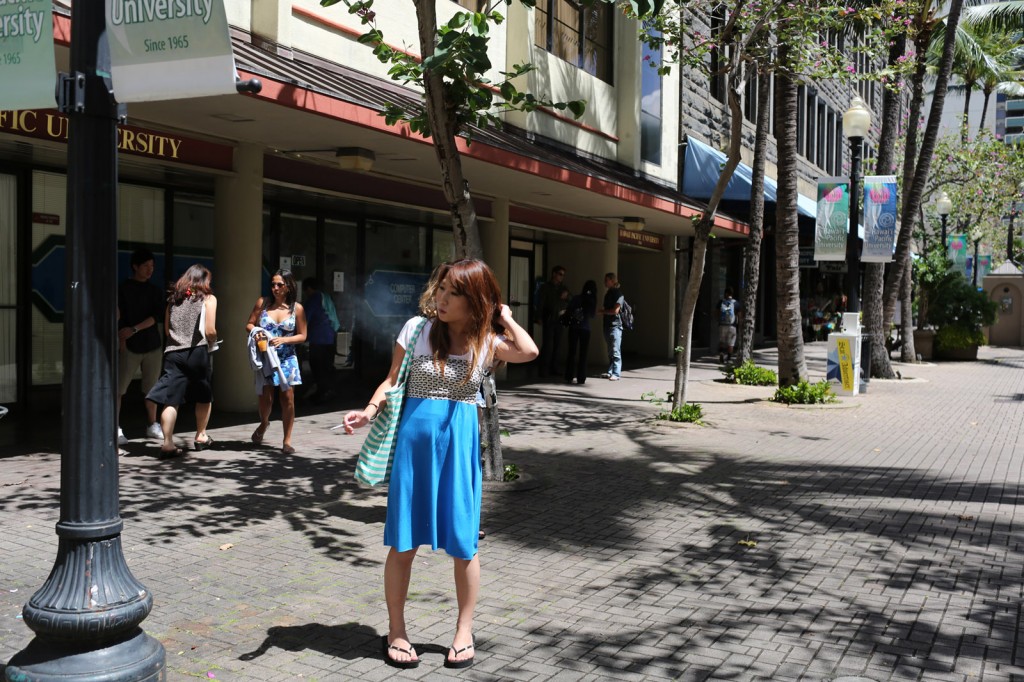
Knocked kneed on Fort St. with the Mark III
Now, we really only had this new tool for a short time and can’t really speak with any major authority about the camera and its functions but the responsiveness was noticeable. So it could have been the custom function in the menu. Knocked kneed was out of focus. I aimed, fired, and the camera didn’t catch it. There are so many quirks that we are not accounting for (my lens being out of tune, the camera settings, my lack of precision to catch the focus properly…there are numerous things to ask before I judge this scenario) but I would have expected some reasonable sharpness on the girl. Who knows. On the elevator in my building, I tried to sneak a few frames of one of the maintenance girls in our building and shoved the camera in her face. Wouldn’t fire. Nada. Again, I have to refer back to Jamm and the custom functions in the menu but alas, no book and no time to fuss with buttons. I feel strongly that if you gotta mess too much with the menus, etc…then you can’t take a picture. Fire away and deal with the after mass later.

Lunchtime Stella
The one noticeable and wonderful feature was the lack of noise in high iso. 25600 is ABSOLUTELY useable. Why you, the average user, would need to hit this high is beyond me but its absolutely useable. Butter as some would say…silky smooth as butter. The above shot of the lunchtime Stella was shot at 2000 iso. Clean. Amazingly clean. Like shooting at 640 0r 800 iso on an older body. Just simply amazing a prosumer body is capturing files like this.
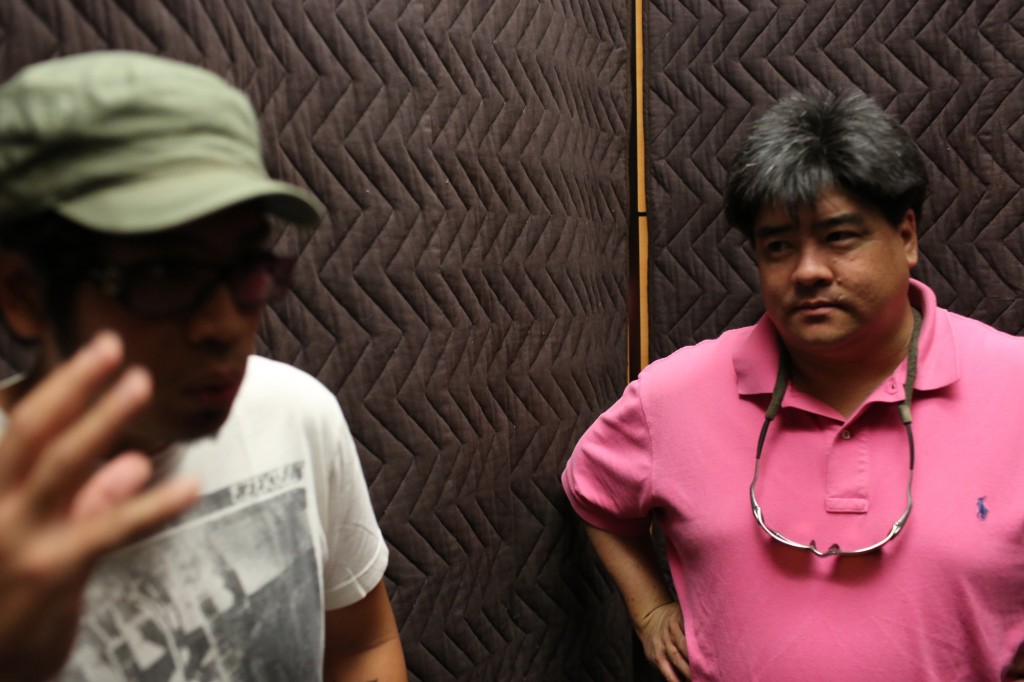
Padded elevator rising to 32nd at 2500 iso with the Mark III.
Now the issues we all agreed upon was the focusing and the buffer were not 1D series standards. Does that matter? Should any of our shortcoming decision force you to spend $6700 over $3500 for a little bit faster focus and longer buffer (think renting for at least $150/day versus doing a three day rental from Hawaii Photo Rental at $185)? I think not. Most of you who have been renting from Hawaii Photo Rental have probably used a 5D Mark II and know its a fantastic camera. Whatever short coming I (we) found or you might have figured out shouldn’t discount it. Now with the new Canon 5D Mark III, the game shifts drastically and you can now rent a semi pro camera that works as close as to a professional 1D standard as you can get.
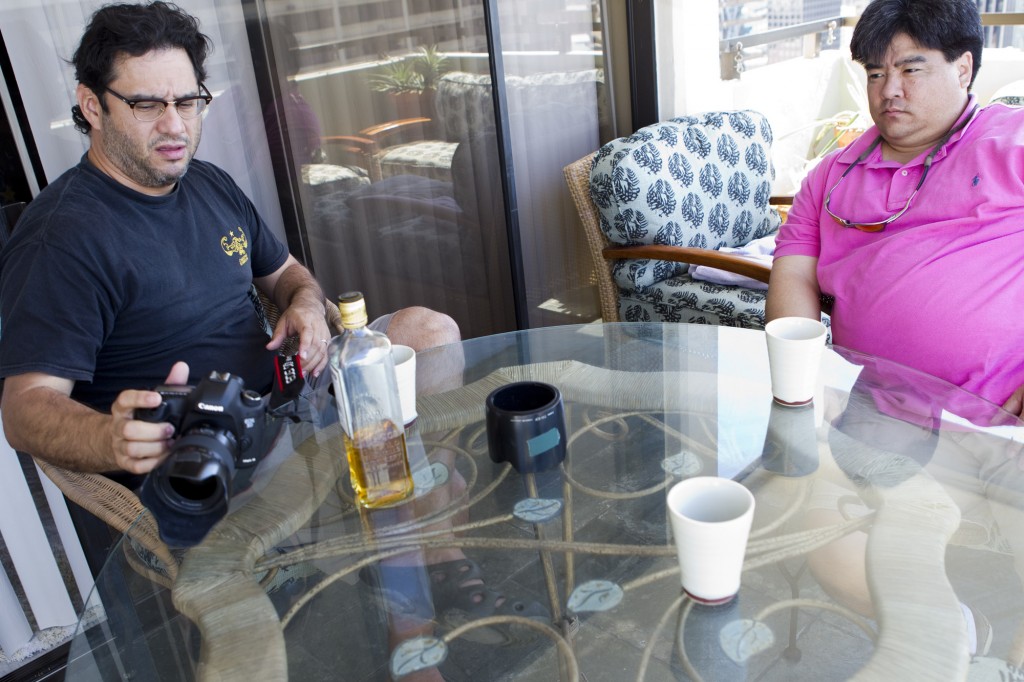
Deep thoughts with Tanner by Jamm and a Mark IV.
In reality, the 5D Mark III is a super camera. The fantasy world we live in in reference to long buffers, etc…also reflect a world where we sometimes don’t live. 90% of what I shoot could be done with an iPhone. The camera, priced a little too high (a strong demand and possibly a lack of production due to tsunami damaged factories or last year’s Thailand flooding) but it is a camera well worth its weight. To rent it is to see where you stand with it. Jamm, Eugene, and I all felt it was a superb camera but lacked just a little bit to make it a professional grade body. Now does it matter as I stated above? To 99% of you GWCs who are going to use it to shoot your dog, family or friends, absolutely not. To those of you who will rent to shoot a wedding or paid job? Absolutely not (maybe if you are picky) but no way if you’ve done well shooting with a 5D Mark II. For a picky pro, its a great tool and if you are a pro you will have to know your limitations like anything. If you are shooting a sporting event and your timing and focus mean the difference between a paycheck or going home empty handed, you’ll have to know your limitations with the tool. And again, its a tool. You can’t shoot an elephant with a bb gun, but how often do you get the chance to shoot an elephant? The high ISO range expands your horizons drastically. You can literally shoot in the dark now with little notice. I find that option fantastic. What a great new tool.
To note, I didn’t process any of the raw files as my version of Photoshop isn’t upgraded to open the new Mark III files and I couldn’t be bothered to deal with downloading it at this moment. But the damn jpgs files are so damn good, its almost as if you don’t even need to shoot raw. The files are amazing. This is a superb camera and well worth renting from Hawaii Photo Rental.
We three photographers did not do any technical testing. This is just talk over beer (and a whiskey) over the use of cameras, handling, and whatnot.
I highly recommend renting this fantastic camera from Hawaii Photo Rental. Its a really, really nice camera and its a huge improvement over the Mark II. Well worth the rental fees.

